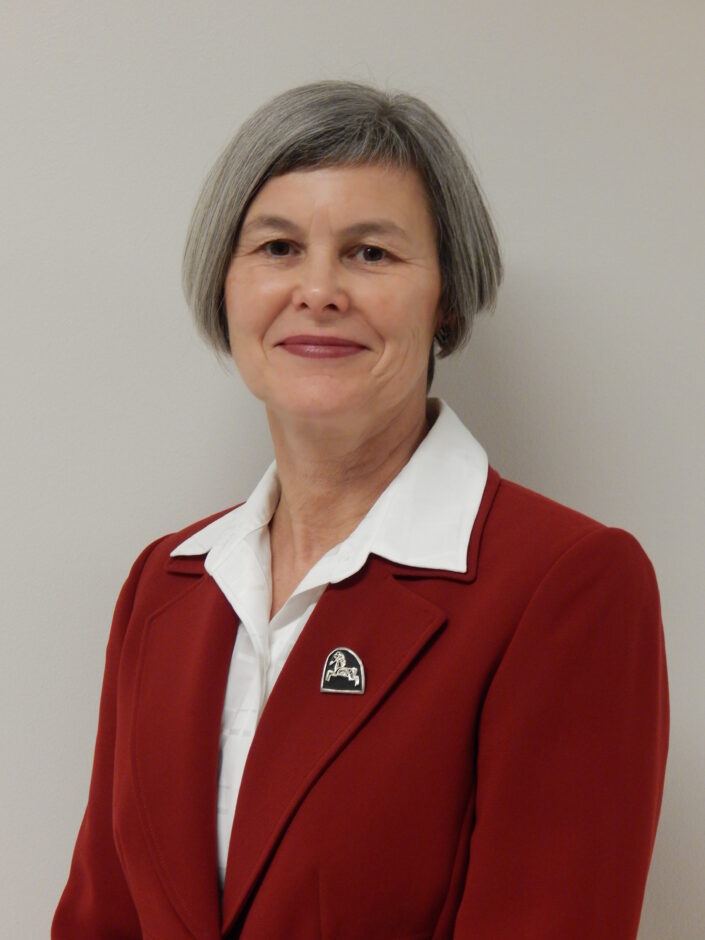Three hospitals in southern Minnesota this week began taking in nursing students in a rapid-response move to help with nursing shortages and a surge in COVID hospitalizations.
These students are enrolling through a Minnesota State Mankato winter nursing internship put in place within weeks and the first of its kind.
“We just need more hands on deck is what it comes down to,” said alumni Christine Kvalheim, ’92 of Methodist Hospital in St. Louis Park. The hospital joins Mayo Clinic Health System in Mankato and Regions Hospital in St. Paul in the winter internship program. Kvalheim, a nurse who today coordinates Methodist’s summer internship program, was instrumental in getting the University involved.
Ordinarily in Minnesota, internships at hospitals and clinics take place during the summer. But in a year far from ordinary, hospitals across the country are struggling to keep up as more patients come in. A week before the internships were started, capacity at Methodist was in the 80 and 90 percent for COVID patients, Kvalheim said. Mankato had hit 100 percent occupancy, recently lowering into the 90s.

In late November, Kvalheim contacted University nursing chair Patricia Young to ask about creating a winter internship modeled after the University’s summer internship. The internship would use a one-credit course that Young helped design—which was important for the access it provided.

Carol Reichel, a nursing educator for Mayo Health Systems, said 16 interns within the Mayo system are being placed in facilities in Mankato, Waseca, New Prague and Fairmont. At some point, she said, all will have experience working with COVID patients.
Minnesota State Mankato so far has 33 enrolled, and Young estimates that more than 60 winter interns from around the state are working across the three hospitals.
And because the internship involves the one-credit course that Young ushered through the system, these interns are able to perform tasks that otherwise they could not, such as administering medication.
“We couldn’t utilize these nursing students to help us administer medication unless they’re in a class. So kudos to MSU for putting this quick class together,” Reichel said.
Young worked with the University’s registrar’s office quickly to ensure the course could be offered over winter break without jeopardizing federal student aid. Once approved, the internship availability was announced through a state summer intern consortium of which she, Kvalheim and Reichel are part.
“It’s been a whirlwind to make it happen and get up and running and get out information about the course,” said Young.
The winter internship allows the interns to take on duties closer to those of RNs, said Pre-Licensure and Experiential Learning Coordinator Marilyn Swan.
“They’re really able to extend the RN in a way they wouldn’t be able to do if they were just a nursing assistant.”
Several of the interns, Kvalheim said, are students who have technically graduated from nursing school, but have yet to take the final step of the National Council Licensure Examination—required to begin practice as an entry-level nurse.
“They’re as experienced as a nursing student as you could possibly get,” Kvalheim said. She added that the internship provides benefits both ways.
“The hospitals are able to provide much needed clinical hours that the students’ have missed in the spring with the onset of COVID,” Kvalheim sai, “and the nursing students have the ability to help out their future colleagues in their time of unprecedented need.”
At Mayo-Mankato, Reichel said such internships provide an infusion of energy and morale to working RNs.
“A student nurse brings in energy, they bring in excitement,” Reichel said. “I think that’s helpful to a team of nurses that’s exhausted.”
Speak Your Mind